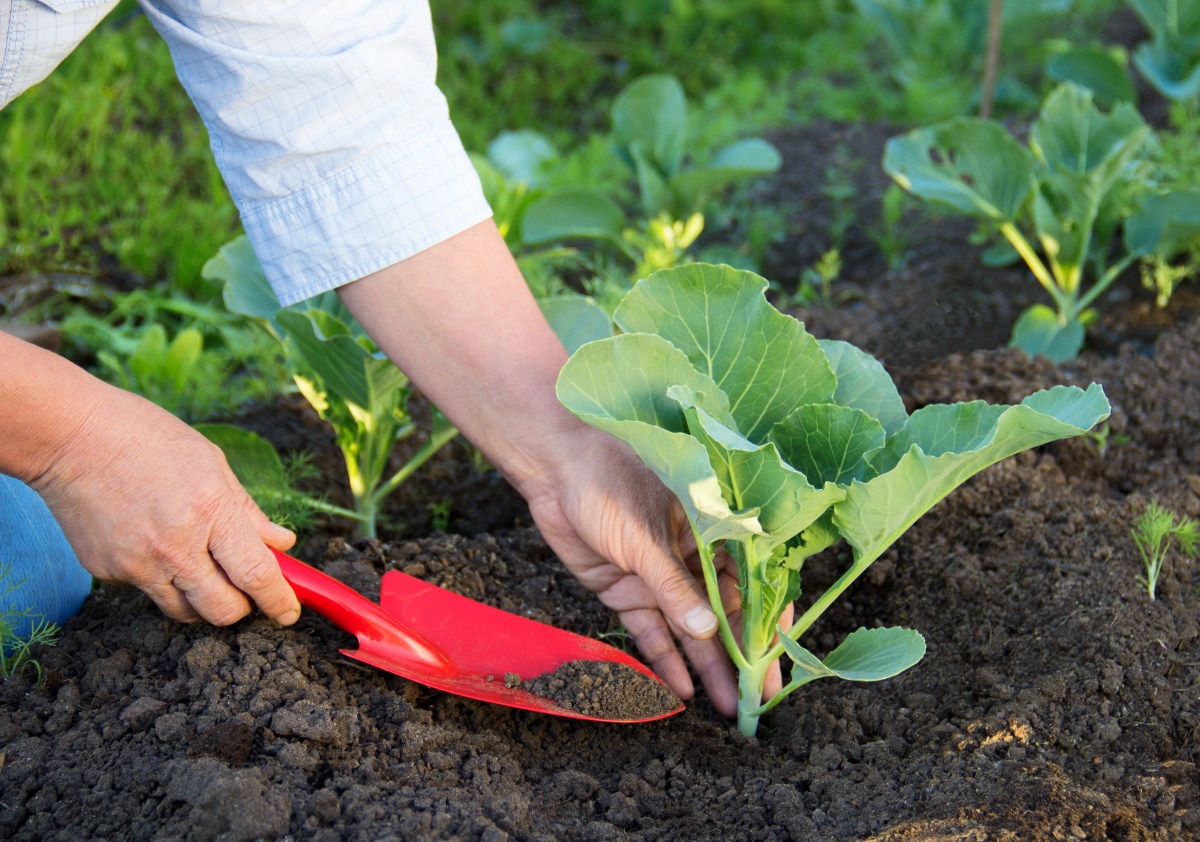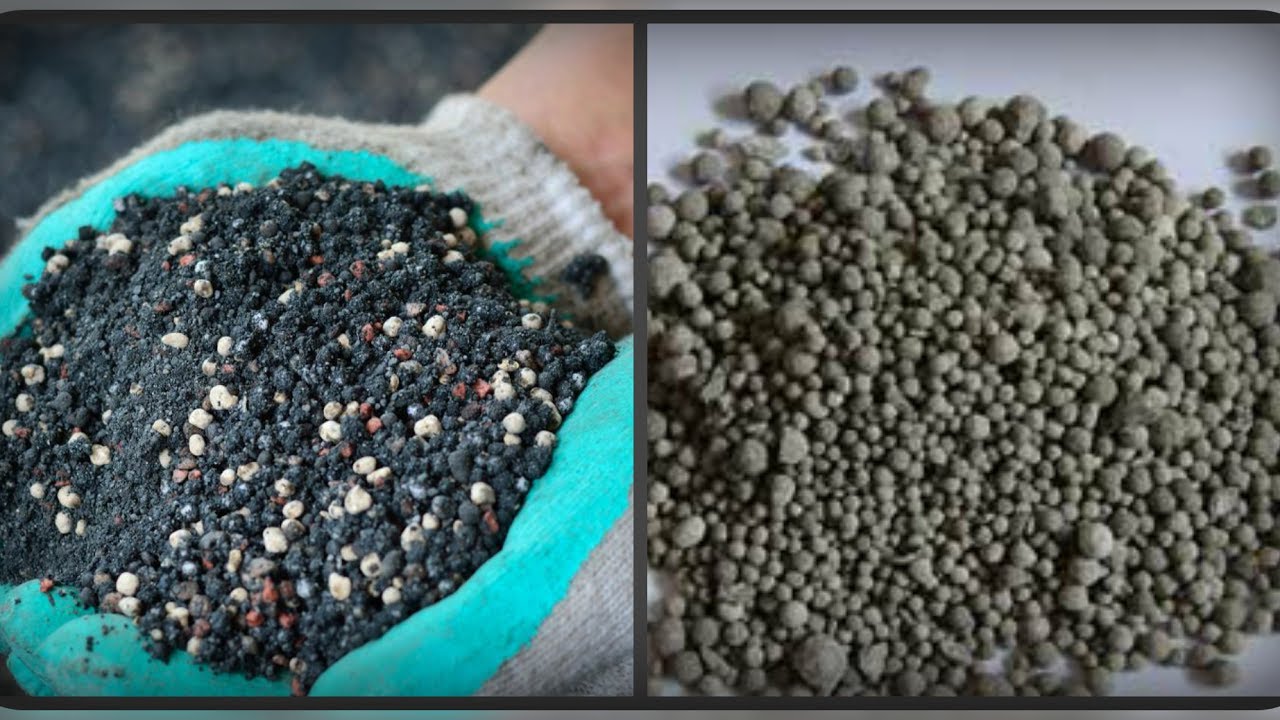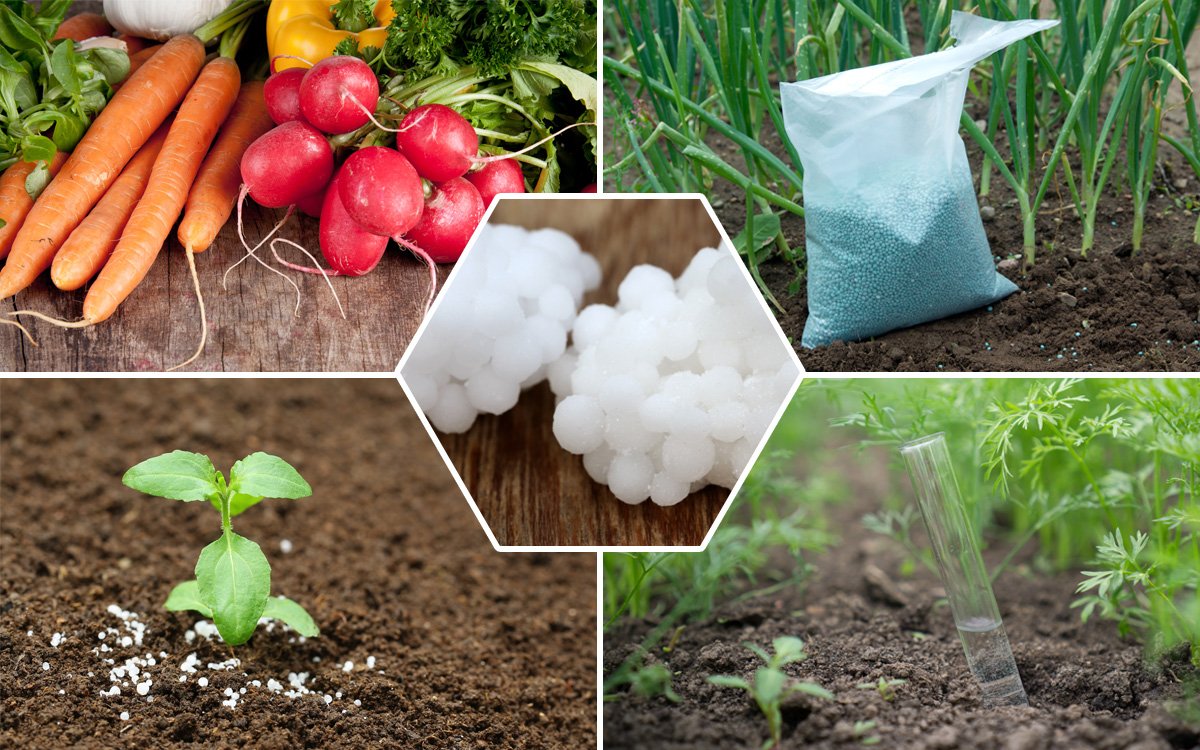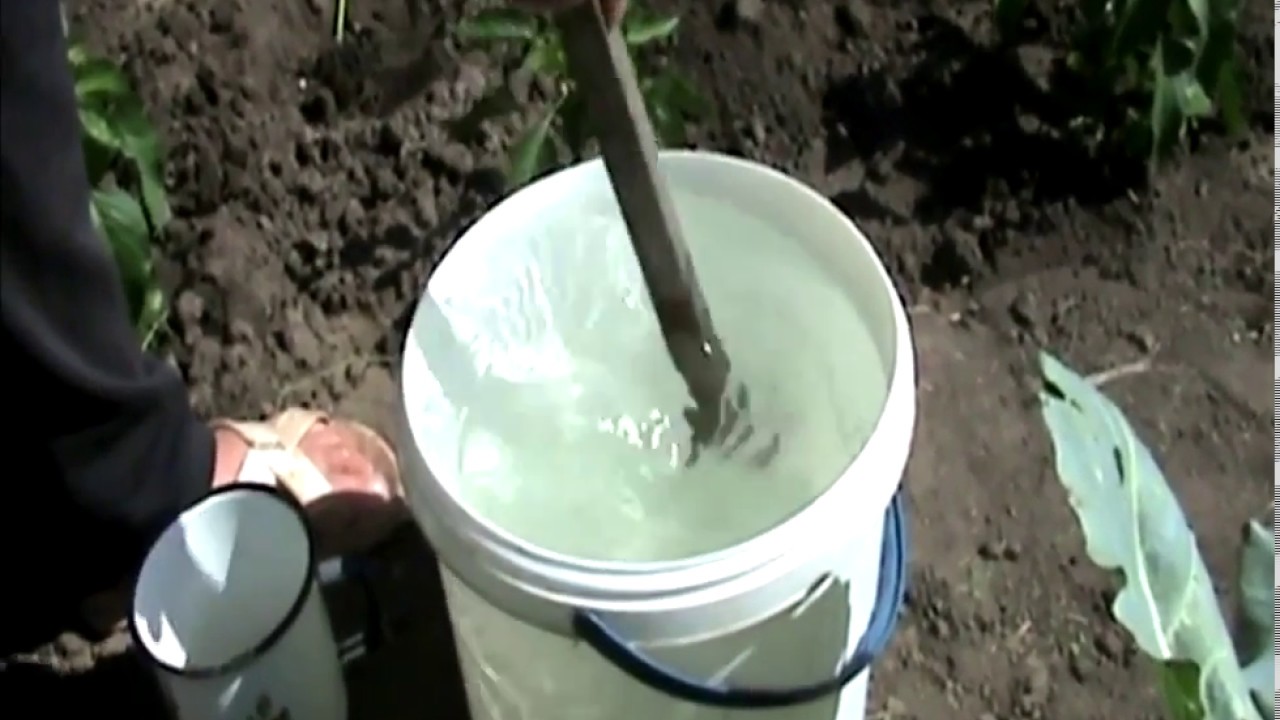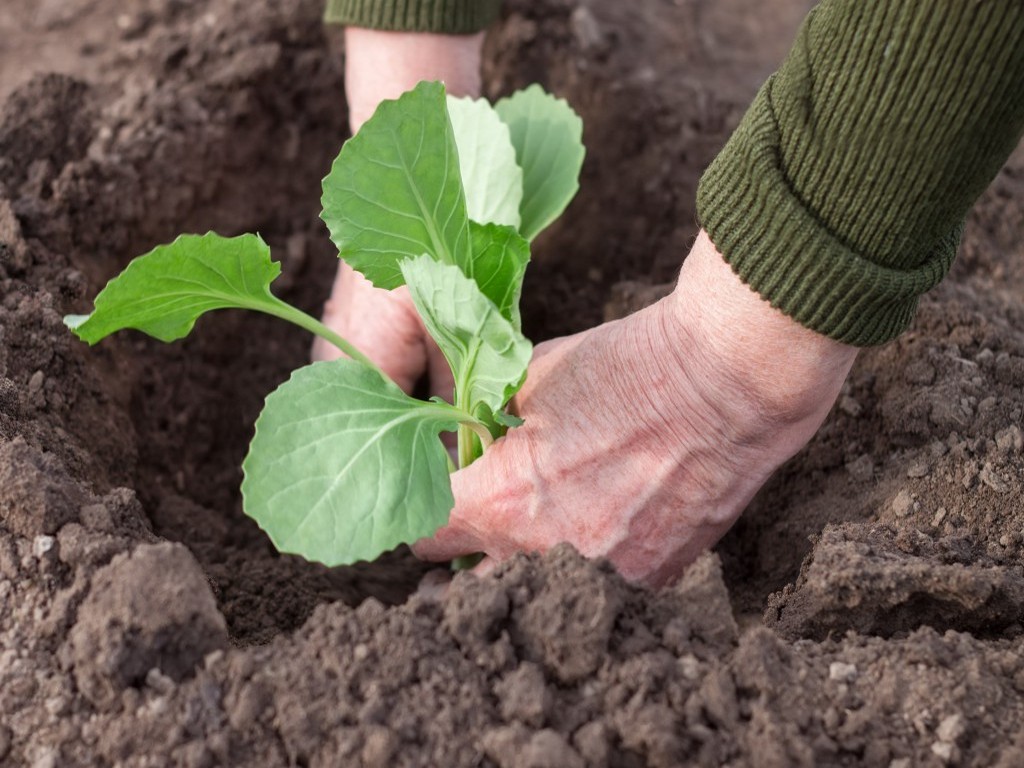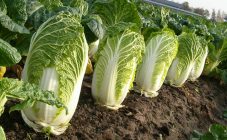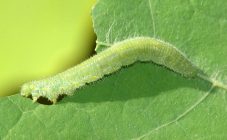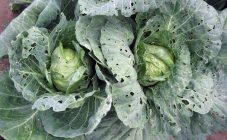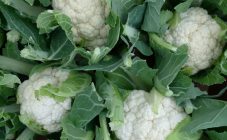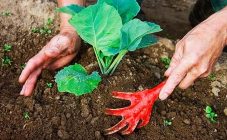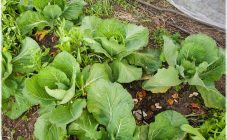Content:
It is impossible to imagine a domestic vegetable garden without such a culture as cabbage. The most popular variety is white, but you can find more outlandish varieties: Brussels, broccoli, Savoy, Kohlrabi, Peking and many others. To get a good harvest, the plant must be fertilized on time. How to feed cabbage? The vegetable is very picky about certain substances.
Fertilizers for crops
Cabbage is an ancient vegetable. It was grown in the Stone Age. It is not known exactly where the birthplace of the culture was. Perhaps it was Greece, Italy or Georgia. One thing is clear, since that time the culture has not become less popular.
To get a dense head of cabbage, the leaves of the plant must be stimulated to grow. Fertilizers contribute to this task. They start the process of proper formation of the vegetable.
In short, the process can be described as follows:
- nutrients dissolve in water;
- after watering, the plant absorbs moisture from the soil;
- the liquid rises along the stem, penetrating the leaves;
- under the influence of sunlight and water, carbon dioxide and organic compounds are formed;
- thanks to the latter, cells and, consequently, the vegetable itself grow.
This process is called photosynthesis. Without it, the formation of cabbage is impossible. What kind of fertilizer should you use? At different stages of growth, plants choose different substances.
How to feed cabbage seedlings? Fertilizers are those that contain: iron, nitrogen, potassium, phosphorus, magnesium, sulfur and calcium.
How to feed cabbage seedlings so that there are plump stems and strong heads of cabbage? The vegetable needs fewer micronutrients during this growth period. These include the following: manganese, boron, copper, silicon, zinc, and so on.
Deficiency of phosphorus or nitrogen fertilization will negatively affect the growth of the plant, while changing the color of the foliage. Head formation is very slow. Without manganese and magnesium, the plant becomes very fragile, it breaks easily. Without copper fertilizers, the culture will disappear even at the seedling stage.
Lack of calcium does not allow the stem to grow stronger, the foliage becomes covered with white spots, gradually drying out. Boron deficiency has a bad effect on the ties, very few of them are formed. Heads of cabbage grow poorly, and the stumps inside are often hollow. Hence the conclusion: culture will not grow without fertilizers.
It is not enough to know how to feed cabbage. It is equally important to do this in a timely manner, while not exceeding the dosage. For example, when growing seedlings from seeds, the soil must contain phosphorus and copper. Once the plant has a root, it needs potassium and nitrogen. When tying a head of cabbage, one cannot do without the simultaneous introduction of phosphorus, potassium and nitrogen.
Caring for cabbage is a painstaking task. Fertilizers have to be applied 4 times in one season. At the early stage, there are at least 2 dressings, during the period of active growth, that is, at the beginning and end of summer, a couple more must be added.
Fertilizer types
How to fertilize cabbage is understandable. But what fertilizers are available at the store?
Depending on the content of active substances, feeding is divided into the following:
- Phosphorous. They are necessary during the period of growing seedlings from seeds and when tying a head of cabbage. These fertilizers include:
- Superphosphate. In its composition, it also contains sulfur and magnesium in small quantities. The fertilizer is available in two versions: single and double. In the first case, the package contains 20-25% of phosphorus from the total mass, in the second - this proportion is increased to half. The mixture is not used in its pure form. Dilute in the following proportion: 100 g for 1 bucket of water. Poorly absorbed in acidic soil;
- Diammophos (ammonium hydrogen phosphate). Organic fertilizers can be added to the powder in the form of: manure, ash or dung. The solution must be infused before use. About 20 grams are allocated per hole. Such dressing well reduces the acidity of the soil;
- Ammophos. In addition to phosphorus, it contains nitrogen, but in more modest amounts. The product is well absorbed in the soil, saturating it well. At each planting site, you must put 20 grams of a diluted solution.
- Nitrogen. It is added to accelerate the growth of leaves, the formation of ovaries. Depending on the form of nitrogen, the following groups of fertilizers are distinguished:
- Nitrate. Substances are presented in the form of nitric acid salts. These include the following nitrates: sodium, calcium and potassium. In addition to the general strengthening effect on the plant, fertilizers will additionally relieve the soil of increased acidity;
- Ammonium nitrate. Produced in the form of ammonium and lime-ammonium nitrate. They are obtained as a result of the reaction of ammonia and nitric acid. The mixtures are explosive, so safety precautions must be taken. Saltpeters are considered universal. They are well suited for fertilizing the earth during spring digging, as well as when planting in a hole;
- Ammonia (ammonia). Ammonium is obtained as a result of the chemical reaction of hydrochloric and sulfuric acids, ammonium sulfate and ammonium chloride are formed. The first option contains 20% nitrogen and 24% sulfur. The second option contains 25% nitrogen and 67% chlorine. With regular use of powders, the acidity of the soil increases, because nitrogen is taken up by the plants, and acid salts remain in the soil. At the same time, the powders themselves are stored for a very long time, since they poorly absorb water;
- Amide. This group is represented by urea and calcium cinamide. These are white crystalline powders. Urea is more popular. Another name for it is carbamide, since it is a carbonic acid salt. The powder has an interesting effect: first, the soil is alkalized, and then it is acidified;
- Liquid nitrogen. They are sold in containers already diluted, which makes them easier to use. The liquids are evenly distributed in the soil, their action is prolonged. Presented in the form of anhydrous ammonia, ammonia water, UAN and ammonia;
- Organic. Nitrogen is found in almost all types of natural fertilizers: manure, poultry manure, peat and food waste compost, green parts of plants and silt mass. Its amount is small there, so it is better to use inorganic feeding.
- Potash. Depending on the composition, they are distinguished into the following types: sulfuric acid and chloride. The former are salts of sulfuric acid, the latter are various chlorine compounds.
- Potassium chloride. Up to 40% of the composition is chlorine. The drug is presented in the form of pink crystals that dissolve well in water. It is better to use it in the fall so that chlorine will quickly evaporate from the soil. When using the substance, the acidity of the soil increases, so it must be used in advance and the dosage must be strictly observed;
- Potassium sulfate.It is a white crystalline powder that contains calcium, magnesium and sulfur. Due to this, the mixture not only improves the characteristics of the plants, but also allows them not to accumulate nitrates. The powder dissolves very well in water, but is poorly absorbed in acidic soil. Cannot be used with lime fertilizers;
- Wood ash. This organic substance is very popular with gardeners. It is absolutely safe, so you can use it at any time of the year. Ash is used both dry and diluted. But it cannot be used with other organic fertilizers (droppings, manure), as well as with superphosphate and nitrogen;
- Potassium salt. This is a mixture of finely ground sylvinite and potassium chloride. Due to its composition, salt is used in autumn or rainy spring. Water is able to flush the chlorine out of the soil, leaving behind potassium. For feeding, a larger amount of the drug is required than when using potassium chloride;
- Kalimagnesia. This fine powder is highly soluble in water. It does not contain chlorine, therefore it is suitable for any season;
- Potash. It absorbs water well, but lime is added to it for greater efficiency;
- Potassium nitrate. It is recommended for use in spring and summer. At low humidity it hardens, after which it cannot be used.
Top dressing for cabbage seedlings
The nursery also needs nutrients.
In total, they are brought in three times:
- After the appearance of the second leaf. A mixture of 5 grams of potassium chloride, 15 grams of ammonium nitrate and 20 grams of superphosphate is prepared. Add 5 liters of water and let the solution stand a little. You cannot pour much, so as not to rot the delicate roots. You need no more than 60-70 grams of liquid.
- 1 month after the appearance of the leaf. Add about 100 grams of dissolved nitrogen fertilizer.
- A week before transplanting into the ground. Mix 20 grams of potassium chloride, 35 grams of ammonium nitrate and 70 grams of superphosphate. Add 10 liters of water. The plant needs about 1 glass of liquid.
Combined complexes, for example, Polyfid-SL, Piksa or Kemira-Universal, have a positive effect on green seedlings. Use them strictly according to the instructions.
Picking a seedling into the ground
When planting cabbage, what to add to the hole? First, you need to dig up the earth in the fall and add organic fertilizing. If the acidity is high, then nitric nitrate solutions will improve the characteristics of the soil. Secondly, if the soil is prepared, then it may not be fertilized. If not, then you need to prepare a useful complex.
There are two options:
- 0.5 kg of humus, 30 g of ash and 30 grams of superphosphate are poured into the hole.
- 1 glass of humus (or manure) is mixed with 3 tbsp. ash. Everything must be put at the bottom of the hole.
How to feed cabbage for growth
3 weeks after the pick, the next portion of microelements is added to the seedling. However, this is provided that the open ground was not prepared in the fall.
Then make a nutritional mixture from the following elements:
- Manure or droppings - 200 grams;
- Urea - 15 grams;
- Potash fertilizer - 25 grams;
- Superphosphate - 20 grams;
- Wood ash - 50 grams;
- Ammonium nitrate - 20 grams.
The ingredients are mixed in 10 liters of water. The solution must be infused. Each bush needs 0.5 liters of the prepared mixture. The plant is fed in sunless weather or at night.
Nutritional aid for head formation
During this period of time, the plant needs regular watering. One bush absorbs about 1 liter of water. In addition, do not forget to loosen and huddle the ground. How to fertilize cabbage?
There are several nutritional mix options:
- 200 grams of manure, 30 grams of phosphorus and potassium powders;
- 50 grams of nitrophoska;
- 200 grams of manure and the same amount of ash;
- 200 grams of droppings and 200 grams of ash;
- 200 grams of ash.
The ingredients are mixed in one bucket of water. Each plant needs 0.5 liters.
Fertilizers for various types of cabbage
White cabbage is the most common cabbage for cultivation, therefore recommendations are indicated for this variety. They are applicable to other varieties of culture, but with minor caveats.
According to the type of vegetable, fertilizers for cabbage can be as follows:
- Redhead. It is resistant to frost, has a denser and more useful structure, and is less likely to suffer from diseases. She needs useful micronutrients as white cabbage. It ripens slowly, therefore it needs more substances;
- Colored. Prefers phosphorus, and potassium and nitrogen - only in small quantities. The vegetable will be grateful for the bird droppings. It is diluted 1:20. One bush requires about 1 liter of solution;
- Leafy. Differs in undemanding character. They feed it twice with a solution of manure and water;
- Beijing. This species is fertilized only once before planting. What to add to the hole when planting cabbage? Use a mixture of: 5 kg mullein, 15 grams of double superphosphate and 30 grams of potassium sulfate. Does cabbage like dung? Yes, but in combination with other nutritional ingredients;
- Broccoli. The variety is very picky about the composition of the soil. It will not grow in conditions of high acidity, so add superphosphate, nitrogen or potassium sulfate in the fall when digging up the earth. After transplanting, the plant takes a long time to get used to the new conditions, so no fertilizing is added to the hole. They bring them in a couple of weeks. Reacts well to diluted manure. It is brought in twice: at the moment the outlet appears and when the head of cabbage is tied;
- Savoy. Needs additional nutrients twice. The first - when picking, use a complex fertilizer (potassium, phosphorus and nitrogen), the second - when a head of cabbage appears, you need to water the soil with a manure solution;
- Brussels. For this variety, the soil is prepared in advance. When digging in the fall, add slaked lime or ground eggshells. Add 1 tsp to the vegetable in the spring. nitroamofoski, in August - a diluted mixture of superphosphate, potassium sulfate and nitroammofoski (25 grams each);
- Kohlrabi. The best feeding for this species is urea solution and diluted manure. They are introduced twice: when picking and with active growth of greenery.
Top dressing of cabbage: folk recipes
The vegetable grows by leaps and bounds if you use homemade soil nutrition methods. Such methods are not only effective, but also safe for plants and humans.
Among them are the following:
- Boric acid. To ensure the rapid growth of foliage, the plant is sprayed with a solution of this substance in early July. To prepare it, you will need only 1 tsp. acid. It is brewed in a glass of boiling water and then added to a bucket of water;
- Brewer's yeast. They are effective for the growth of seedlings. For the solution, you need 100 grams of dry powder. Dilute it in 10 liters of water. Yeast is a bad neighbor for calcium. They absorb the mineral from the soil, so after a couple of days you need to add ash. When watering the plant, the ground should be warm. You need to apply this technique no more than 2-3 times;
- Yeast and jam. 300 grams of yeast and 0.5 liters of sour jam are added to 10 liters of warm water. The mixture is placed in a warm place for 10 days. This liquid will help the development of heads and foliage;
- Baking soda. 20 grams of powder is diluted in one bucket of warm water. What is the use of this liquid? It allows you to preserve the integrity of the head of cabbage, and the vegetable itself will be stored for a long time;
- Ammonia. It is used if there is no nitrogen at hand. Only 3 tablespoons are added to the bucket, no more. You need to water gently, at the root;
- Nettle. It can replace manure, and young grass is more effective. Half of the container is filled with a plant, and then warm water is collected to the brim. After 4 days, the infusion will be ready. It is again diluted in water (1:10), and then the seedling is watered. This infusion can be used instead of 4 dressings;
- Banana.This fruit is high in potassium. For the solution, use a peel, 1 piece per 1 liter of water. Insist 4-5 days and water the beds.
What fertilizers to use for your site, the gardener himself decides. Each has its own advantages and disadvantages. However, it is worth remembering that at first, cabbage needs nitrogen, and when setting a head of cabbage - potassium and phosphorus.
